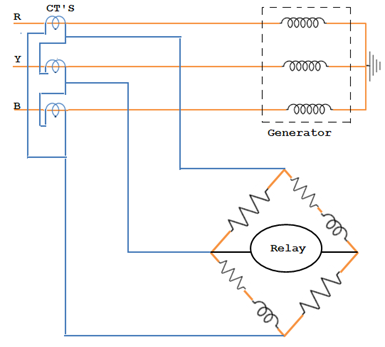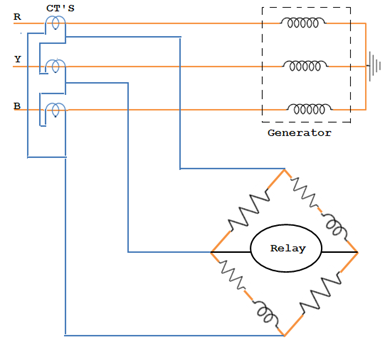
The underfrequency/negative sequence relay is crucial in modern power systems as it ensures stability and protection. As energy demand fluctuates and unforeseen events such as failures or outages occur, frequency and voltage levels on the grid may deviate from their normal values. This relay, also known as a UF/LV relay, is designed to monitor and detect underfrequency and negative sequence conditions that can lead to potentially harmful consequences if not addressed immediately. In this context, the relay acts as a vigilant guardian, quickly triggering protective measures to prevent further damage and maintain the integrity of the power system. Understanding the principles and functions of the underfrequency/negative sequence relay is critical for power engineers and operators as it provides an important line of defense against system instability and potential failures.
Underfrequency Relay
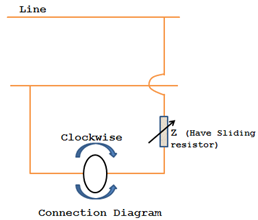

Protection relay
Directional overcurrent relay
Directional overcurrent relay, commonly known as DOCR, is a basic protective device in electrical power systems to detect and respond to faults and abnormal conditions. Unlike traditional overcurrent relays that rely solely on power, the DOCR is equipped with directional elements that allow it to operate selectively in specific directions along the power grid. This directional characteristic allows the relay to distinguish between faults occurring within its protected zone and those originating from external sources, avoiding unnecessary trips and isolating only the affected part of the system. By quickly detecting defects and coordinating with other protective devices, the directional overcurrent relay plays a critical role in ensuring power system integrity and stability, minimizing downtime and improving the overall reliability of electrical grids. Power systems engineers rely heavily on the fast, accurate response of DOCR to maintain the safety and efficiency of power transmission and distribution, making it an indispensable part of modern electrical infrastructure.
Negative sequence relay
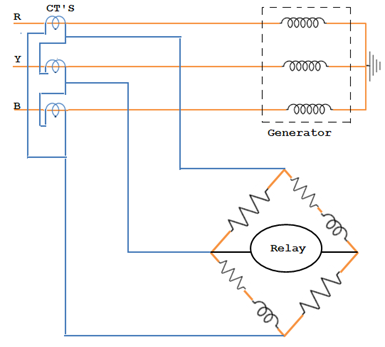
The arrangement of the negative sequence relay connection is shown in the figure. The relay is connected in parallel to the secondary windings of the power transformer. Under normal conditions, their algebraic sum is zero because the same current flows in all three phases. Therefore, no current flows through the relay. However, when an imbalance occurs, the secondary currents are different and the resulting current flows through the relay and the Relay operation resolves this Circuit breaker to disconnect the generator from the grid.
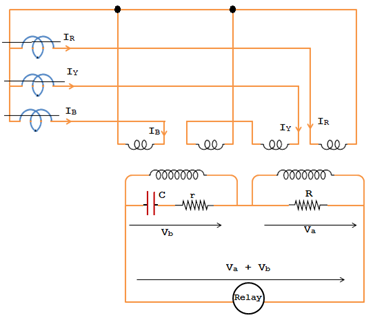
Types of electromagnetic relays
Electromagnetic relays are widely used in various applications due to their simplicity and reliability. They come in different versions to meet specific requirements. The most common types of electromagnetic relays include the following:
Energized anchor relay
This classic type features a rotating armature that is attracted to an electromagnet when a current flows through the coil, causing the contacts to change position. Rotary armature relays are used in low power applications and control circuits.
Induction Disc Relay
This relay works on the principle of electromagnetic induction and uses a rotating disc driven by the interaction of magnetic fields. The movement of the disc actuates the contacts, making it suitable for high current applications and offering built-in delay functions.
Polarized relay
By using a permanent magnet in addition to an electromagnet, polarized relays offer greater sensitivity and improved directional characteristics for certain applications, such as protective relays.
Differential relay
This type works based on the difference between two or more electrical quantities, being ideal for protection against internal failures in transformers, motors and other devices.
Interlock relay
Also called pulse or bistable relays, they have two stable states and maintain their position even after the input signal is removed, providing energy efficiency and suitability for memory circuits.
Solid State Relay (SSR)
Unlike traditional electromagnetic relays, SSRs utilize semiconductor devices such as thyristors for switching operations, ensuring silent operation, faster switching times and long service life due to the absence of mechanical components.
Relay wet with mercury
This type uses mercury as the contact medium and provides accurate and reliable switching, especially in high-speed applications and environments where contact wear with other relays may occur.
Each type of electromagnetic relay has individual advantages and is selected based on factors such as application requirements, voltage and current ratings, response time, and environmental conditions to ensure optimal performance and protection in various electrical systems.
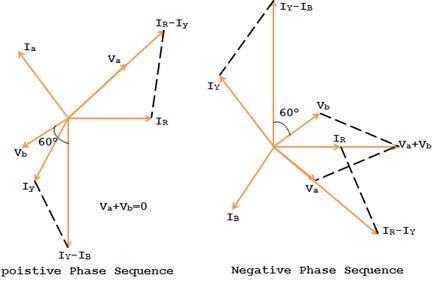
Negative sequence relay has the characteristic of inverse square law . that is, I 2 2 t = K, a constant. 2 is the negative sequence component of the current.
t = K/I 2 2 i.e. t α 1/I 2 2 .
The relay trips the generator main switch.

